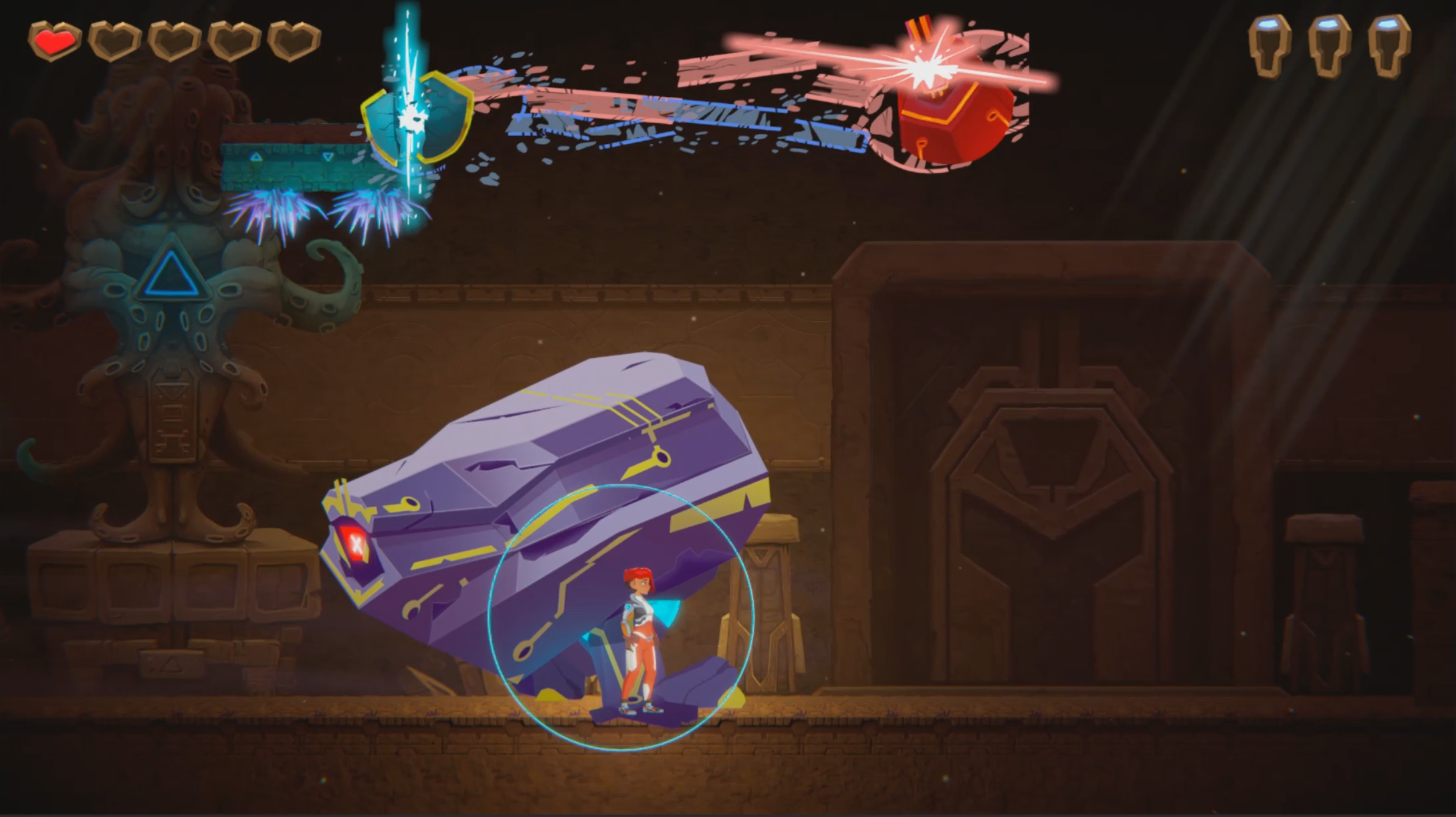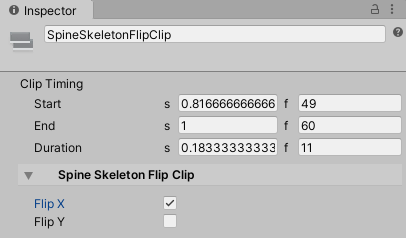
But for 2D meshes acting as sprites, a Material stores where to find the image data (the main texture), and how to render it (the shader, and the various material property values). For 3D meshes, this commonly means that a Material defines whether a flat square looks like a rocky ground, or a brick wall, or metal panels. Unity Materials combine a Unity Shader with a set of Material Property values. In Unity, a shader for a renderer is chosen by setting the Materials on that renderer.


shader text files), and contain more information than what is typically considered a "shader" in other frameworks.


In Unity, shaders are handled as Shader Assets (. Shaders are sets of instructions for the GPU regarding how to render objects and process data given to it. If this documentation contains mistakes or doesn't cover some questions, please feel free to open an issue or post in the official Spine-Unity forums. If you're just starting out, try the Getting Started document.ĭocumentation last updated for Spine-Unity for Spine 3.5.x This contains intermediate-level documentation.


 0 kommentar(er)
0 kommentar(er)
